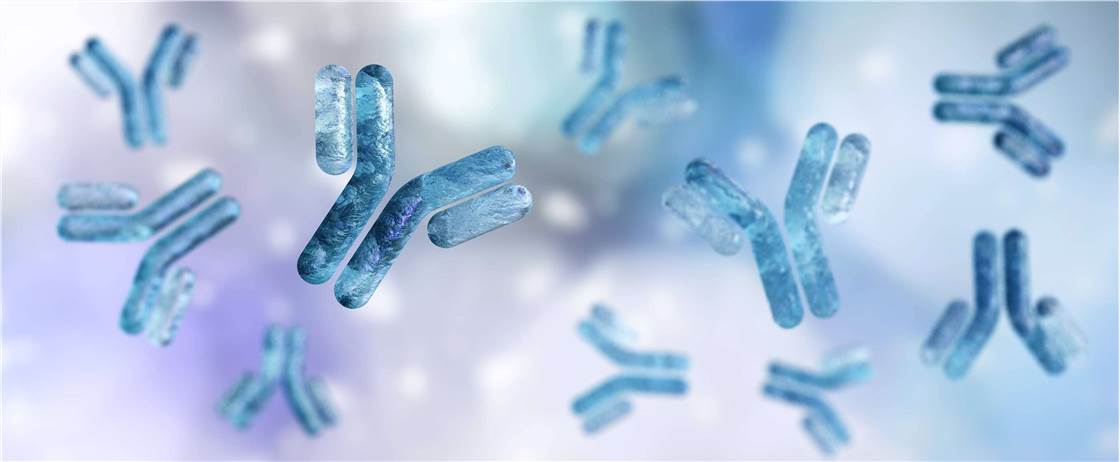Semi-synthetic libraries are derived from unrearranged V genes from pre-B cells or from single antibody frames, incorporating at least one genetically random Complementary Determining Region (CDR) region. The diversity within semi-synthetic libraries is meticulously controlled through oligonucleotide synthesis, allowing for precise customization. In practical applications, semi-synthetic antibody libraries offer distinct advantages, such as reduced animal influence compared to natural antibody libraries and minimized susceptibility to contamination from activated B cells or plasma cells. At Creative Biolabs, we leverage our extensive hands-on experience and advanced technology platform to provide a comprehensive range of services to support research and development of antibody libraries for in vitro display, as well as offer a wide array of antibody discovery services.

Semi-synthetic antibody libraries represent a fusion of synthetic variable region sequence with another portion of a natural sequence. The main purpose of constructing a semi-synthetic antibody library is to optimize the sequence of the antibody. These libraries are constructed by random synthesis and amplification of CDR3 DNA sequences within the framework region, incorporating CDR1 and CDR2 regions from natural antibody libraries. The randomization of CDR regions can be achieved through various methods, including direct oligonucleotide mutation or PCR-based approaches. This allows for partial or complete randomization of each CDR region, with some designers achieving a remarkable diversity of up to 108 by randomizing all six CDR regions.
The preparation of antibodies without immunization through semi-synthetic antibody libraries holds promising prospects, especially for the generation of human monoclonal antibodies against challenging targets like receptor factors, receptors, and other elusive autoantigens. Affinity plays a pivotal role in antibody preparation using this technique. Generally, larger library capacities increase the likelihood of obtaining high-affinity antibodies.
While semi-synthetic and fully synthetic antibody libraries theoretically offer greater capacity, certain critical issues must be addressed, such as the preservation of backbone region sequences. In addition, immune antibody library, derived from the spleens of animals immunized with specific antigens, can be employed for targeted antibody screening against particular antigens.
Immune antibody libraries, natural antibody libraries, semi-synthetic antibody libraries, and synthetic antibody libraries are all important components of combinatorial antibody libraries. These libraries offer significant advantages, including the ability to create synthetic immune systems in vitro, obviating the need for live animals for antibody production. Combinatorial libraries facilitate the generation of human antibodies and rare antibodies while enhancing our understanding of antibody properties. Moreover, they may open up novel applications for antibodies.
At Creative Biolabs, we possess a wealth of knowledge and experience in phage display library construction. We are enthusiastic about sharing our expertise in the fields of antibody library screening and phage display library construction with you.
All listed services and products are For Research Use Only. Do Not use in any diagnostic or therapeutic applications.